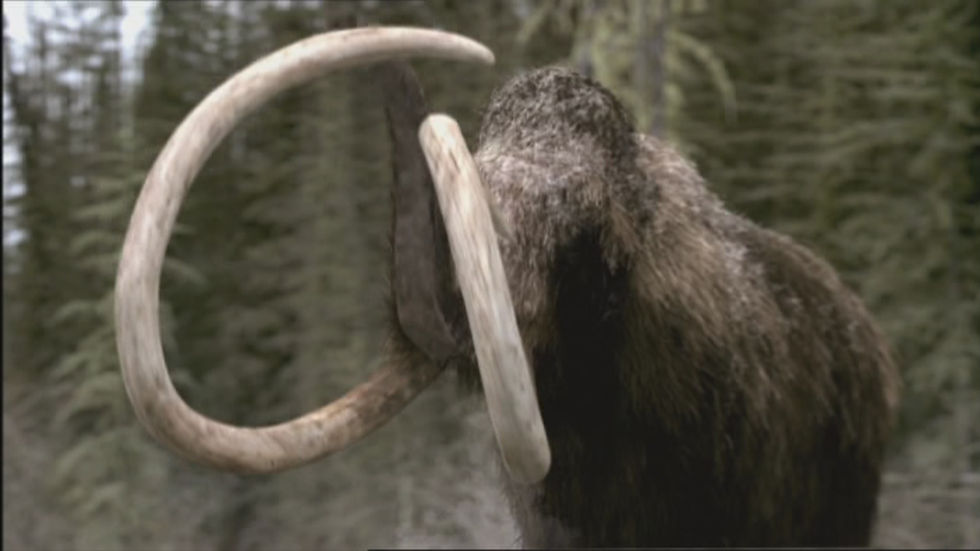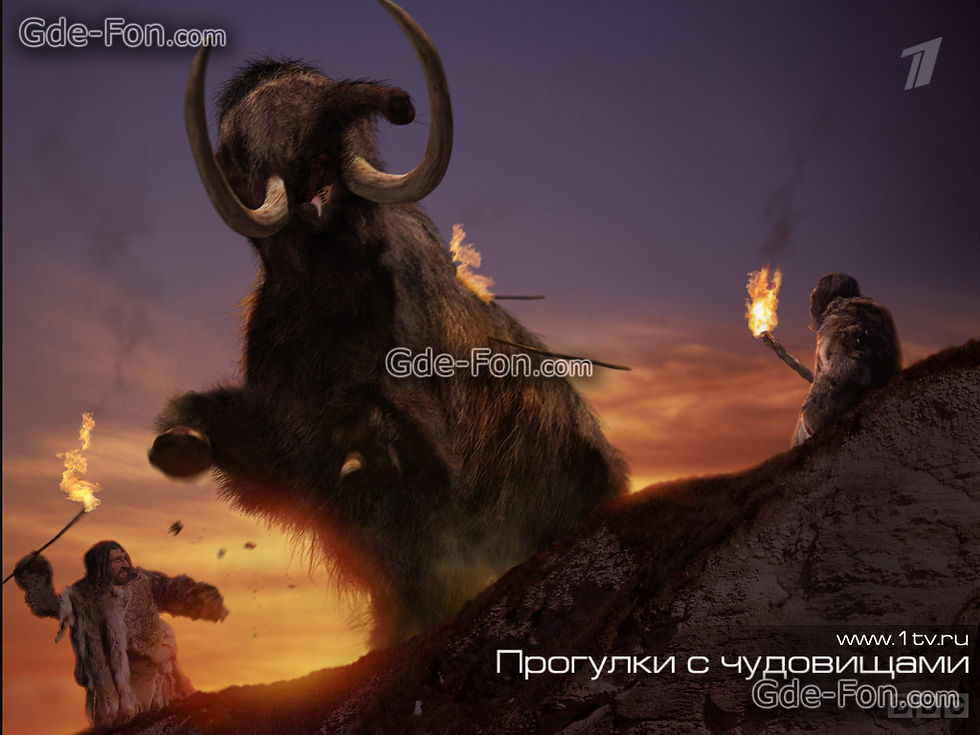
CREATURE-PEDIA
Wooly Mammoth




The woolly mammoth is one of the most famous extinct animal. These animals have the appearance of elephants, but more hairy. Under their skin is a layer of fat, which is 10 cm thick for insulation, they have small ears and short tails to prevent them losing too much heat, and on top all this they have their characteristic carpet of hair which can be grown into a meter in length as their bodies respond to the drop in temperatures. People think mammoths have been depicted as have orange brown hair, it’s now known they possessed similar genes to human for hair coloration, they practically could have been blonde, ginger or brunette. The woolly mammoth was roughly the same size as modern African elephants it stood up to 10 to 13 feet tall and can weigh up to 6 to 8 tonnes. Mammoths also migrate to Siberia (in Asia) to Alaska (in North America) on a land bridge called Beringia. Their habitat is the arctic tundra, mammoths would have eaten similar vegetation to modern-day elephants, browsing the forests for leaves, fruits, nuts, twigs and berries. DNA shows that the woolly mammoth's closest living relative is the Asian elephant than the African elephant. Unfortunately, mammoths went extinct at the end of the Pleistocene 10,000 years ago, some speculate that climate change shrank its habitat, replacing grasslands to forests and eliminating their food resources. Another reason is due to over hunted by early humans, using mammoths for food, tools, and using their fur and tusks and other bones to build shelters. But roughly 4,000 years ago, while the pyramids are being build in Egypt, the very last mammoth perished and the species ceased to exist. The existence of frozen soft tissue remains and DNA of woolly mammoths has led to the idea that the species could be recreated. Cloning would involve removal of the DNA-containing nucleus of the egg cell of a female elephant, and replacement with a nucleus from a woolly mammoth tissue. However, some people think that they can still resurrect the mammoth but without the need of a intact cell, instead, several projects are working on gradually replacing the genes in elephant cells with mammoth genes. Projects like that are done by Harvard University geneticist George M. Church, he is attempting to create a mammoth-elephant hybrid using DNA from frozen mammoth carcasses. If it's possible to bring back the woolly mammoth using Church's idea, then this would help save the Asian elephant, and would help scientists find other ways to save other species by adding DNA genes from the past to survive.
Did You Know?
Scientists are hoping that they can de-extinct (clone) a Woolly Mammoth.
Fun Fact
Mammoths migrate on a land bridge from Siberia in Asia to Alaska in North America.

